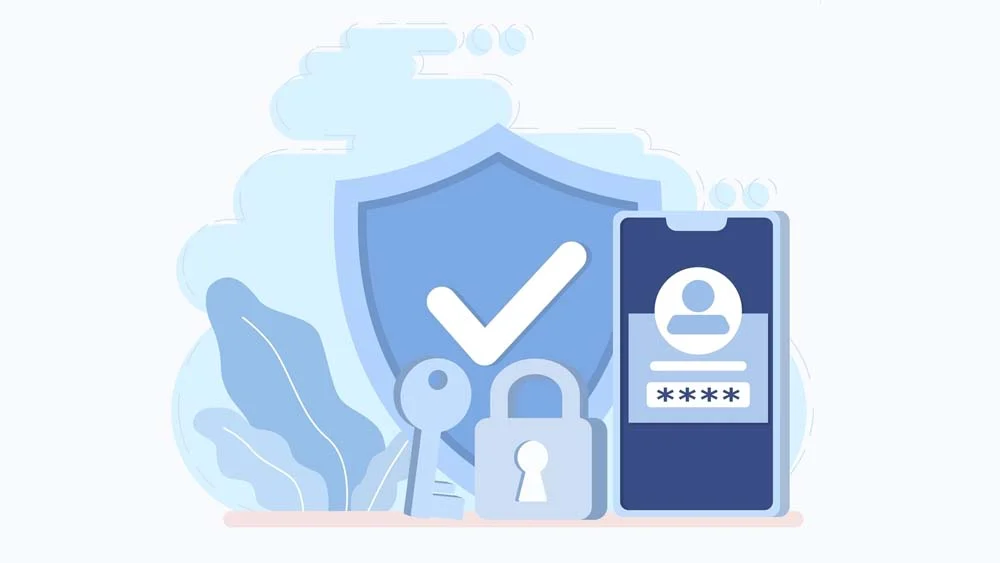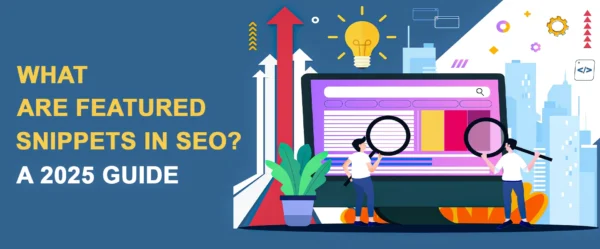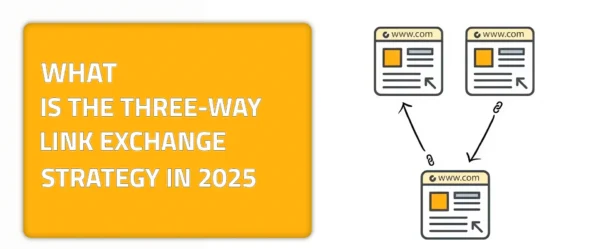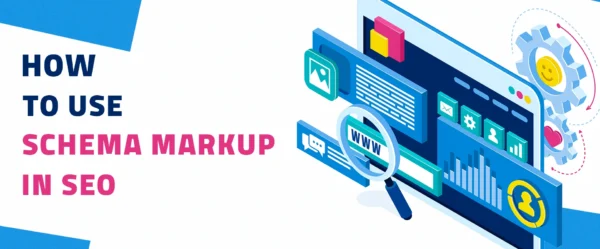Hacking Blocks 101: What is Spam Link Injection?
Spam link injection is something that a lot of websites fall victim to. Hacking is one of the most outrageous forms of cyberattack. It is a harmful activity that is of extreme malice and danger. This is a process of infiltration. An unwelcome existence of someone who wants nothing but harm to you in your own personal bubble or space. After these short and scary first lines, let me tell you that you can shield yourself. Additionally, protect your domain or platform from hacking activities. How so?
The malicious practice of spam link injection occurs when the following happens. When unscrupulous individuals, such as hackers, introduce links to a website without the owner’s knowledge or approval. There are several ways that you can dodge that or fix it. However, certain factors can leave you vulnerable to such malicious activity. That is why I am here today. To explain to you all there is to know about spam link injections and how to avoid them. Additionally, learn how to fix them if someone ever hacks your domain.
Spam Link Injection: A Quick Overview of The Definition
This method is frequently employed to influence search engine rankings. That is, by artificially increasing the number of backlinks that direct you to a specific website. Sometimes one is questionable in nature or engaged in the sale of counterfeit goods, phishing, or malware distribution. Users and administrators alike may have a hard time detecting the injected links. That is because they are often concealed in the site’s content, comments, or even code.
The fundamental objective of this fraudulent practice is to take advantage of the website’s authority in search engines to increase visibility and traffic to the spammer’s site. This could result in serious issues for the affected website, such as penalties from search engines, a drop in search engine ranking, and harm to the site’s reputation among users.
The victims of spam link injection frequently notice a decline in the performance of their websites as well as a compromised user experience. This results in a fall in the amount of genuine traffic that an organization receives and may expose website users to potentially hazardous content.
Vigilance, regular monitoring of backlink profiles, and the deployment of robust security measures are all necessary in order to combat spam link injection. These steps include constantly upgrading software, utilizing security plugins, and employing strong passwords in order to guard against unwanted access. Below are some steps to take to check for spam link injection.
Regularly Scan Your Website for Vulnerabilities
Your website should be scanned with security tools and plugins that are designed to identify vulnerabilities that could be exploited for the purpose of spam link insertion. Through these scans, it is possible to uncover software that has become obsolete, security configurations that are inadequate, and other potential entry points for attackers. Keeping the components of your website, such as the content management system (CMS), plugins, and themes, up-to-date is essential for preventing exploits.
Monitor Your Website for Unexpected Content Changes
Put in place monitoring technologies that will bring to your attention any illegal changes made to the structure or content of your website. Including the incorporation of links that are unfamiliar or questionable within your sites is included. A great number of content management systems (CMS) have plugins or tools that can alert you to changes, thereby assisting you in locating and removing any spam links that have been inserted very quickly.
Inspect Your Website’s Backlink Profile
When it comes to backlink profile inspection, take advantage of search engine optimization (SEO) tools. Use tools like Ahrefs, Semrush, or Google Search Console. That is, to perform frequent audits of your backlink profile. Moreover, keep the following in mind when looking for symptoms of spam link injection campaigns directed at your website:
It is important to keep an eye out for abrupt jumps in the number of backlinks or backlinks from sites that are of low quality or irrelevant. That is a high indication that someone has infiltrated and hacked your website and is adding a high level of toxic links. These links will affect the performance of your website; thus, you have to be careful.
Check Your Website’s Code and Database
You should perform a manual review of the source code and database records of your website. That is, in order to identify any irregularities or unexpected code snippets. Ones that might possibly indicate the presence of injected links.
A certain amount of technical competence is required for this phase in order to differentiate between code that is valid and code that is malicious. If you are not sure of your ability to recognize these problems, you might want to think about contracting the services of a specialist.
Implement Web Application Firewall (WAF)
A web application firewall, also known as a WAF, is a security barrier that is installed between a web application and the internet. It allows for the monitoring, filtering, and blocking of harmful HTTP/S traffic as well as attacks that are directed against web applications. In contrast to traditional firewalls, which are designed to protect network traffic, web application firewalls (WAFs) are primarily concerned with safeguarding web applications.
They do this by analyzing incoming traffic in order to avoid typical web vulnerabilities. Such as cross-site scripting (XSS), SQL injection, link spam injection, and other efforts to exploit vulnerabilities. The Web Application Firewall (WAF) helps to ensure that only safe and valid requests are sent to the web application by applying a set of rules to HTTP/S traffic. This considerably improves the security posture of the online application. Simply put, it can help prevent attackers from exploiting vulnerabilities to inject spam links into your website.
Regularly Update Your Website’s Security Measures
It is of the utmost importance to ensure that the software, themes, plugins, and security measures on your website are always up-to-date. It is common practice for developers to offer updates that patch known vulnerabilities. Malicious attackers can use these flaws to inject spam links. An update will simply help you steer away from their attacks and eliminate the possibility of them finding any flaws or domain vulnerabilities that they can leverage to their own advantage.
Educate Yourself and Your Team With New and Old Security Threats
Updating yourself in this matter is the exact same as updating yourself with the latest social media trends. The only difference is that your cyber threat updates will simply protect you and keep you alert to any form of attack that cyber attackers direct at you or your team.
Advice from the tech wise? Stay informed about the latest security threats and prevention techniques. Educating yourself and your team on recognizing the signs of spam link injection and understanding how to react can significantly enhance your website’s resilience against these attacks.
The Role of Security Plugins In The Prevention of Spam Link Injection
By strengthening a website’s defenses against unauthorized access and vulnerabilities, security plugins are an essential component. They are key elements in the prevention of spam link injections. In order to function, these plugins undergo continual scanning and monitoring of a website. That is, in order to identify potential security issues. This includes the identification of suspicious activity. One that may result in spam link injections. They provide various beneficial functions. Such as scanning for malware, identifying vulnerabilities, and automatically fixing security gaps in real time without any intervention from the user.
In addition, security plugins have the ability to monitor and enforce stringent password regulations, restrict the number of login attempts in order to prevent brute force attacks, and deliver frequent security upgrades. The integrity of the website and its search engine optimization rankings are both protected by security plugins since they add an additional layer of protection to the website. This considerably reduces the chance of spam link injections.
Wrapping It Up!
Spam link injection poses a huge threat to the integrity of websites, the confidence of users, and optimization rankings. That is, by exploiting weaknesses in order to include dangerous content, it is vital to maintain vigilance in addition to implementing stringent security measures in order to combat these attacks. linkexchange.ai offers a brand-new solution for people who want to improve their website’s search engine optimization (SEO).
That is, by using a variety of safe and efficient link-building strategies. You may improve the search engine optimization of your domain and safeguard your online presence by becoming a member of our community. Additionally, leverage the benefits of our services to your advantage and success.










